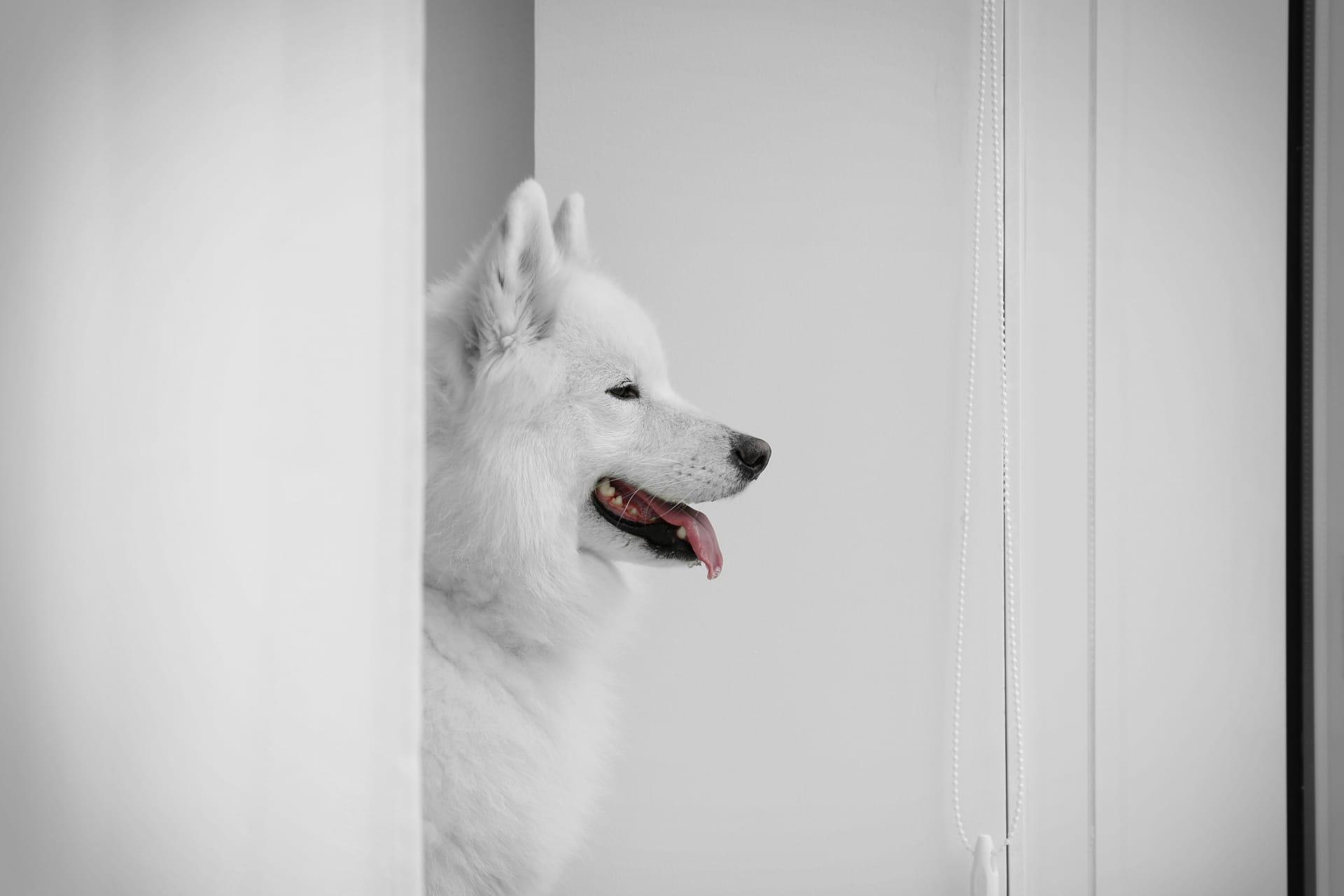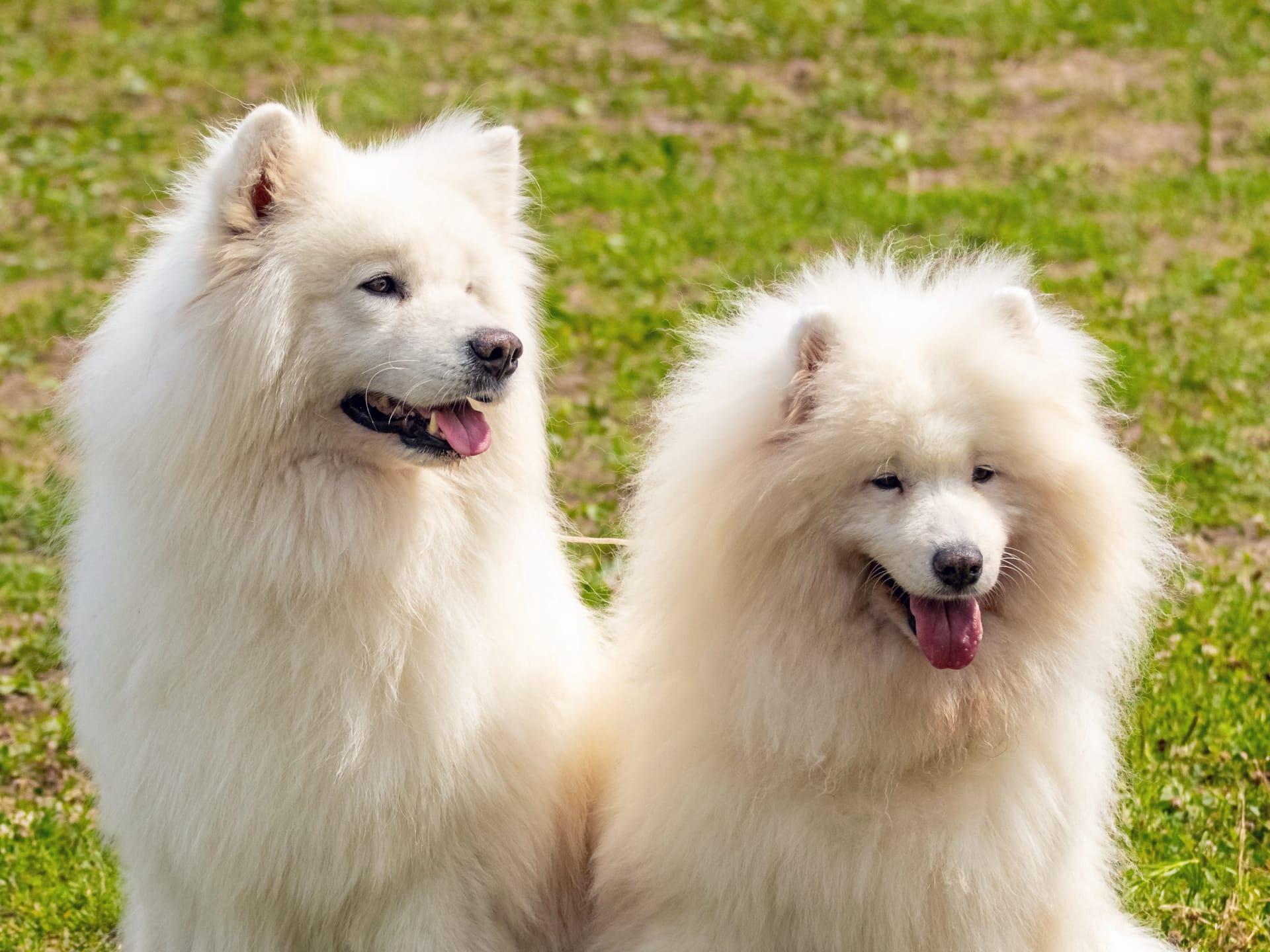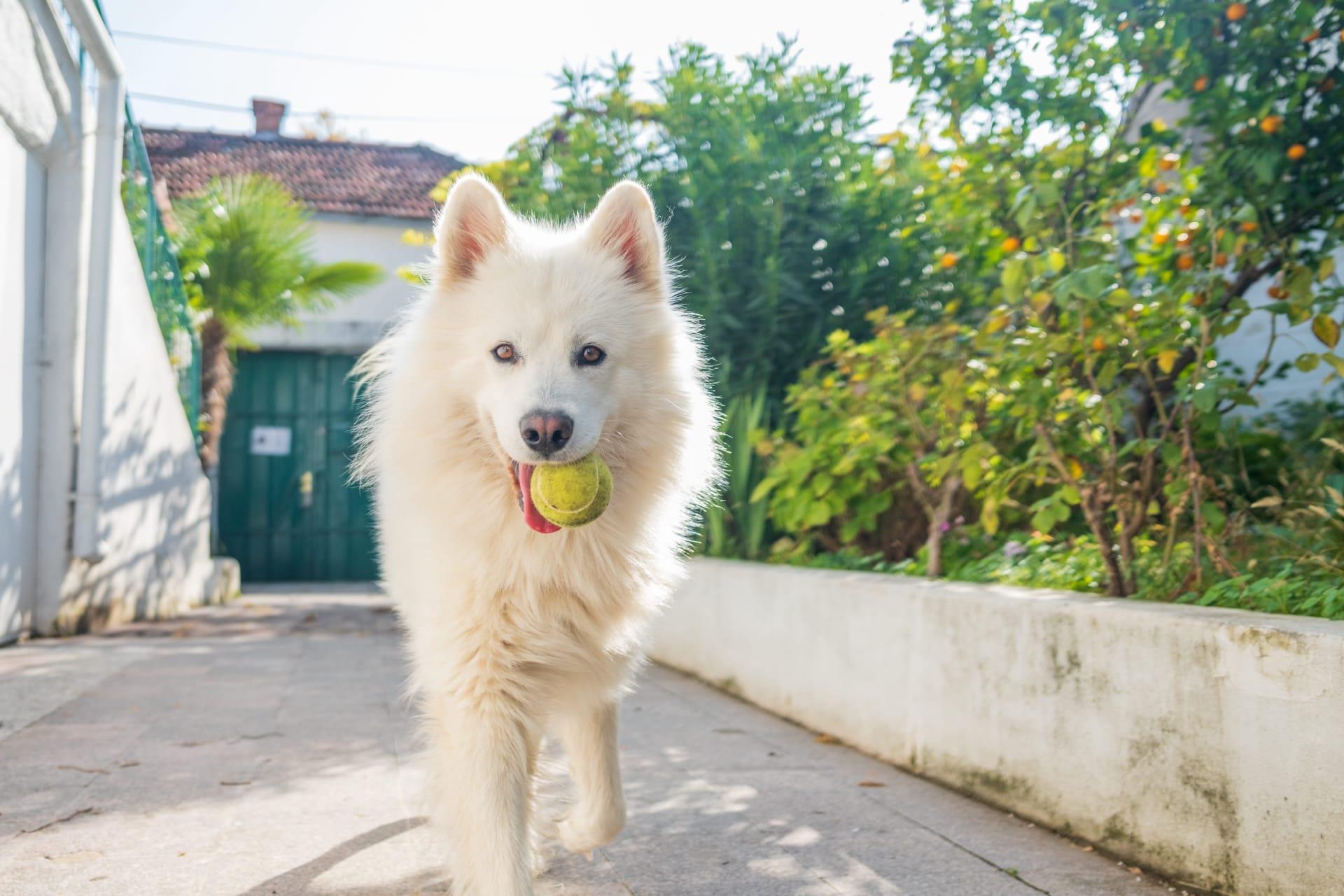Samoyed Characteristics
- Home /
- Mini Encyclopedia /
- Animal /
- Samoyed Characteristics
1
The Samoyed is a large breed, typically weighing between 50 to 60 pounds (22.7 to 27.2 kilograms) and standing at 21 to 24 inches (53 to 61 cm) tall at the shoulder. They are characterized by their thick, white, fluffy coat that helps them withstand extreme cold. These dogs have a lifespan of around 12 to 14 years. Their most remarkable physical feature, beyond their stunning coat, is their "Sammy smile"; their upturned mouth corners reduce drooling and prevent icicles from forming on their face in cold weather.
The Samoyed's coat is their most distinctive organ, serving multiple crucial roles beyond just making them incredibly huggable. This dense, double-layered fur acts as an efficient insulator against frigid temperatures, which is a remnant of their origins in the Siberian tundra. The outer layer repels snow and ice, while the undercoat provides warmth. Additionally, this coat reflects sunlight in warmer seasons, helping to keep the dog cool despite its thickness. It's not just for warmth; the coat also protects their skin from sunburn in sunny climates.

2
Question: Why do Samoyeds tend to bark a lot?
Answer: Samoyeds are known for their vocal nature, often barking to express themselves, alert their owners to strangers, or simply out of boredom. This behavior stems from their history as working dogs in cold climates, where they were used for herding and pulling sleds. Their barking served as a way to communicate over distances. To mitigate excessive barking, it's crucial to provide Samoyeds with regular exercise, mental stimulation, and training to ensure they remain happy and well-behaved.

3
Samoyeds are highly energetic dogs that require regular, vigorous exercise to maintain their health and happiness. Ideally, they should be given at least an hour of exercise daily, which can include walks, runs, or playtime in a secure area. Their history as sled dogs means they excel in activities like pulling and enjoy tasks that challenge them physically and mentally.
When it comes to eating, Samoyeds do well on high-quality dog food that is appropriate for their age, size, and activity level. They can be prone to obesity, so it's important to monitor their food intake and ensure they don't overeat. Due to their thick coats and active nature, they may require slightly more food in colder months to help maintain their energy levels.

4
The Samoyed's natural habitat is in cold, arctic regions, reflecting their origins in Siberia where they were bred by the Samoyedic peoples. They are well-suited to cold environments thanks to their dense, fluffy coat which provides insulation. However, they can adapt to warmer climates if they have access to shade and air conditioning to prevent overheating.
Samoyeds are known for their strong social bonds and tend to have a straightforward breeding behavior. They usually have litters of 4 to 6 puppies. Early socialization and training are important for puppies to grow into well-adjusted adults. Their reproductive cycle does not have unique characteristics compared to other dog breeds, but responsible breeding practices are essential to ensure the health and well-being of the mother and her puppies.

5
Book: "The Samoyed: A Comprehensive Guide to Owning and Caring for Your Dog" by Richard G. Beauchamp. Published in the United States in the early 2000s, this book offers an in-depth look into the care, history, and training of Samoyeds. Beauchamp, an experienced dog breeder and judge, shares valuable insights into ensuring these dogs lead healthy, happy lives.
Book: "Samoyeds" by Charlotte Wilcox. This book, part of a series focused on specific dog breeds, was published in the late 1990s in the United States. Wilcox provides a detailed overview of the breed's characteristics, care requirements, and history. The book aims to educate potential Samoyed owners about what to expect and how to provide the best environment for these beautiful dogs.